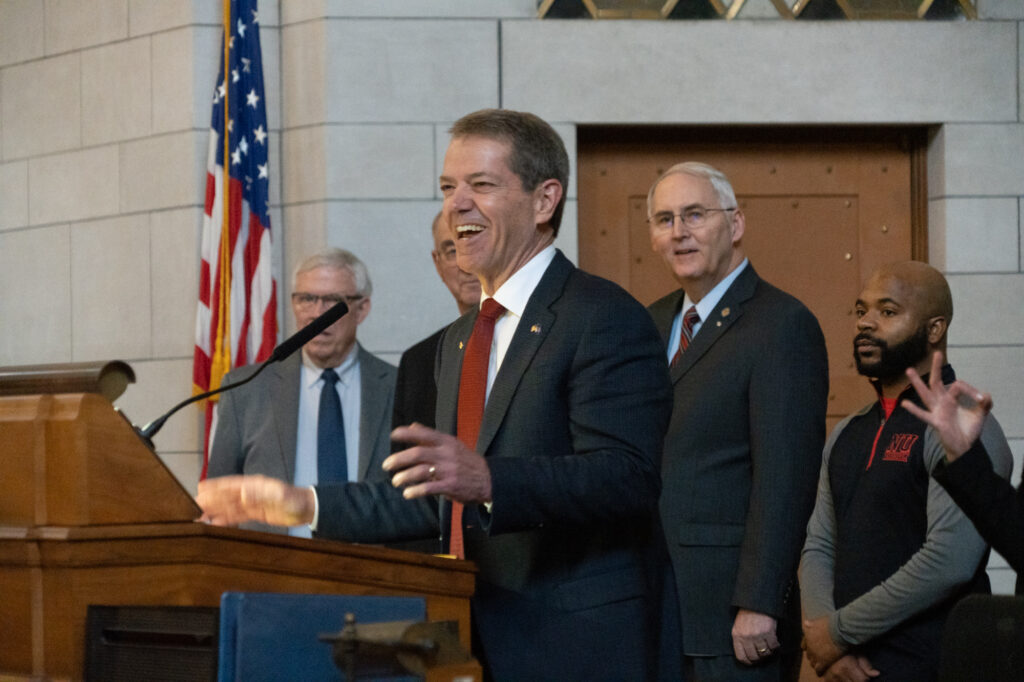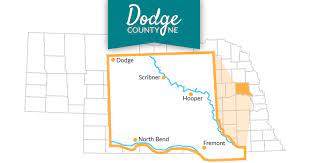
Paul Hammel
Nebraska Examiner
Recent torrid temperatures caused higher-than-normal losses of cattle in feedlots in eastern Nebraska, prompting a call from Gov. Jim Pillen for federal help.
Pillen, in a press release Friday, said he called U.S. Agriculture Secretary Tom Vilsack requesting prompt financial help for livestock producers via the Livestock Indemnity Program.
The governor’s call came four days after U.S. Rep. Mike Flood, R-Neb., sent a letter to the USDA seeking similar help.
Federal program covers 75% of losses
The federal indemnity program pays livestock producers roughly 75% of their losses, but losses or injuries must be reported within 30 days to a local Farm Services Agency.
“The weather situation only lasted a few days, but some Nebraska producers were significantly impacted,” Pillen said. “Connecting affected producers with emergency resources available to them is important.”
The Governor’s Office could not provide figures on how many cattle died during the recent heat spell, which sent temperatures soaring to near 100 and above for three days last week in east-central Nebraska, including Pillen’s hometown of Columbus. High humidity and the lack of wind compounded heat-related stress, the governor said.
In northeast Nebraska’s Cuming County, which has the most cattle on feed in the state, reports of cattle losses are still coming in, but they were generally less than anticipated.
Alfredo DiCostanzo, a University of Nebraska livestock extension educator, said he met with a group of feedlot operators there who said their losses were less than 50 head in feedlots with capacities of 5,000 to 7,000.
‘Could have been worse’
“I have heard of specific cases with numbers greater than that further west and south of us,” DiCostanzo said. “But the perception around here was that it could have been worse.”
He said he was told that the University of Nebraska-Lincoln’s research feedlot near Mead lost 18 cattle out of 1,200 head.
Cattle prices are high right now, with the typically feeder steer bringing between $2,500 and $3,000 each, DiCostanzo said.
He said producers may have mitigated their losses by moving cattle most susceptible to heat stress to pens with shade or sprinklers.





